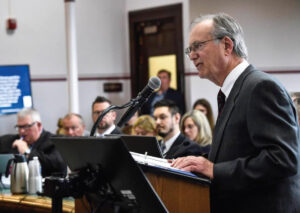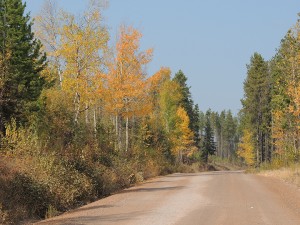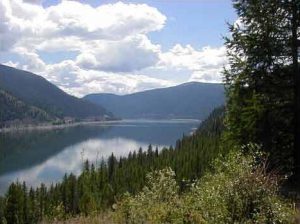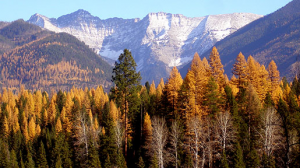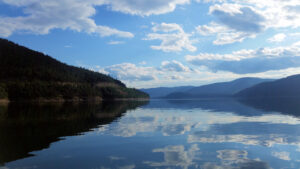
Here’s some good news to start the week. The Elk-Kootenai watershed cross-border water pollution from Teck Resources’ coal mining operations has finally been referred to the International Joint Commission (IJC). The Flathead Beacon has excellent coverage . . .
Federal governments in Canada and the U.S. have agreed to ask the International Joint Commission (IJC) to study and take steps to mitigate the inflow of mining pollution to the Elk-Kootenai River watershed through a joint reference, signaling a breakthrough in bilateral talks that have stalled for years, even as the company that owns the mines expands its footprint along the border with Montana.
The agreement was announced Monday by tribal and First Nation governments in Montana, Idaho and British Columbia (B.C.) who cheered the development after years of intensifying pressure on the U.S. and Canada. The reference means that an independent governance body representing both nations will convene to craft solutions to address the contaminants spilling into a watershed that crosses the international boundary at Lake Koocanusa and spans traditional Aboriginal territory.
The federal governments of both U.S. and Canada also confirmed the reference on Monday and issued a joint statement from the Ambassador of Canada to the United States, Kirsten Hillman, and the Ambassador of the United States to Canada, David L. Cohen. According to Pierre Cuguen, a spokesperson for Global Affairs Canada (GAC), both countries “have reached an Agreement-in-Principle (AIP) on next steps to further bilateral cooperation to reduce and mitigate the impacts of water pollution” in the transboundary watershed.
